The content of the article
How to store zucchini at home is a question for those who want to extend the summer for the whole winter. The simplest is harvesting or freezing fruits. But sometimes there is a desire to taste fresh zucchini. And where to get them in the winter?
Storage locations
Keeping fruits at home is easy. It is only important to pack them correctly. And until spring they can lie:
- under the bed
- at the balcony door
- in the cellar
- on the terrace
- at the front door
- in the basement
- in a refrigerator
Any of these places of storage is well suited for zucchini only if three conditions are met. Low temperature, darkness (required), dryness.
Tip. Different sources indicate different temperatures. It ranges from 0 to 20 ° C. Such a big difference is suspicious. In order not to make a mistake, you need to choose a middle ground. Degrees of 10-12 are enough.
How to choose zucchini
For long-term storage, not all varieties of zucchini are suitable. Some manufacturers indicate information on seed packages, but are mostly silent. What to do? Yes, just look at the ripening dates, since they are always written. Ultra-early and early zucchini will definitely not be stored for long.
All fruits from the late ripening are also not good. It is not enough to collect zucchini from the beds and dump them in a heap in the cellar. After a month, instead of vegetables, you can get a fetid pyramid with chic mold bushes.
The fruits are chosen as follows: they carefully scratch the skin with a fingernail. If a trace remains, the zucchini will not work. If you can’t see the scratches, we safely take it to storage. By the way, the nails should be natural. Artificial where you want to scratch if desired.
In addition to checking for the density of the peel, evaluate the appearance and size. A fruit less than 14-16 cm long should not be taken. The best option is from 20 to 40 cm. Spherical zucchini are stored worse than elongated. Ideally, if the diameter is from 6 to 15 cm.
If zucchini is not grown independently, but purchased at the market or vegetable base, then they are chosen in the same way. Only now about the timing of ripening have to guess. Then it is better to give preference to zucchini, rather than white-fruit varieties.
Next, the zucchini inspect. Any damage to the skin, whether it is a dent, scratch, stain, is a direct road to processing.
Gourds are certainly harvested before the onset of frost. Usually this is the beginning or end of September. Such fruits do not lie for a long time. Outwardly, it is easy to identify them - dark watery spots immediately appear on the peel.
By the way, milk marrows are remarkably stored in the refrigerator for 3 weeks. They are simply wrapped in paper, leaving a small hole.
Tip. Do you like the zucchini? Smooth, smooth, beautiful, and you can not decide whether to put it in storage or not. Yes, everything is simple! Cut another fruit from the same bush. Small seeds and dense pulp are a sign of good keeping quality.
Storage methods
Fresh zucchini for fresh winter storage must be properly assembled, packaged and arranged. Then the result will be wonderful.
Cleaning
In dry sunny weather in the morning, the fruits are cut with a sharp knife. The tail is left at least 7 cm long. Let the zucchini bask in the sun all day. In the evening, gently brush off dirt from the skin, if any, with a soft cloth. It is strictly forbidden to wash gourds before laying! The upper wax layer is washed off, which protects the vegetable from the penetration of bacteria and microbes.
If the weather is rainy, then the cut vegetables are first dried in a dry room, dirt is removed and only then they are stored.
Packaging
This can be thick paper, matting, straw, burlap, cardboard, soft rags.Litter is placed at the bottom of a suitable box, and melons are laid in one layer. Litter is also laid between them. Zucchini is not covered with anything.
Location
Boxes are put in storage so that they do not get light and moisture. With this treatment, the fruits will lie until March. In the refrigerator - 3 months.
It is undesirable to put boxes on cabinets. It’s dark there, but it’s still hot for zucchini.
If the cellar or basement is chosen as the storage location, then it must be pre-treated with a sulfur block. Or they simply whitewash the walls and ceiling with lime with the addition of copper sulfate. This eliminates pests and putrefactive bacteria.
When the room is too wet, they are saved like this: in a paper bag or an open bucket they leave quicklime or ordinary salt for a week. Instead of these manipulations, you can lower several dry red bricks into the inside, then periodically change them.
Tip. If space allows, you can do without boxes. Just lay paper or straw, put zucchini and enjoy fresh vegetables in the winter.
Alternative method
When there is not enough space, but you want to save more zucchini, ordinary nylon tights will help out! The fruits are prepared as described above, placed in stockings one at a time and suspended in a suitable place with the foot down. They should not touch each other.
Tip. Instead of nylon pantyhose, string bags can be used.
Small subtleties
- Overripe fruits are stored much worse than just ripened. Their taste is unpleasant, with bitterness. And you can approach such zucchini only with a saw or an ax, it’s too thick a peel.
- To absorb excess moisture, the melons are lightly sprinkled with a thin layer of crushed chalk. No limes!
- Almost all varieties of zucchini are stored many times better than zucchini, without losing their taste and nutritional value.
- During the winter storage of zucchini at home, they are regularly inspected. Everyone. Any smallest spot on the peel makes it necessary to process this fruit first. Otherwise, it may rot and infect nearby vegetables.
- If in the near future there are no plans to taste the zucchini dish, then it is simply cleaned of the butor and peel, cut into pieces convenient for cooking and put into the freezer. Then it will come in handy.
- Zucchini with dark-skinned peel have a greater keeping quality than light.
- Many in the apartment have a closet or pantry. If the temperature allows, then you can arrange the squash there.
- In the kitchen there is another place where you can store vegetables. For many, the lower shelves of cabinets are not used, because they climb far and long for dishes. If you press the pots, then it is quite possible to place several fruits.
- The insulated balcony is also perfect. You just have to cover the melons and gourds with light with a thick cloth, and check them more often.
- Some people recommend, in the absence of another, wrapping melons in newspapers. They also lay under the bottom. We strongly advise you not to do this. Ink contains lead. Let a small amount, but still. Is there really no old bag or rag?
- There is an opinion that zucchini grown in seedlings are stored worse than those planted with seeds immediately in a permanent place.
- Zucchini and apples are not placed next to each other in the same room. The latter emit ethylene, which harms vegetables.
- A gourd room is regularly aired.
How to store zucchini at home? Following technology. Of course, melons will not last until next summer. Already in March, seeds germinate inside the fruits, the flesh becomes bitter, loose. But to please loved ones in winter with a fresh vegetable is quite real.
Video: how to freeze zucchini for the winter


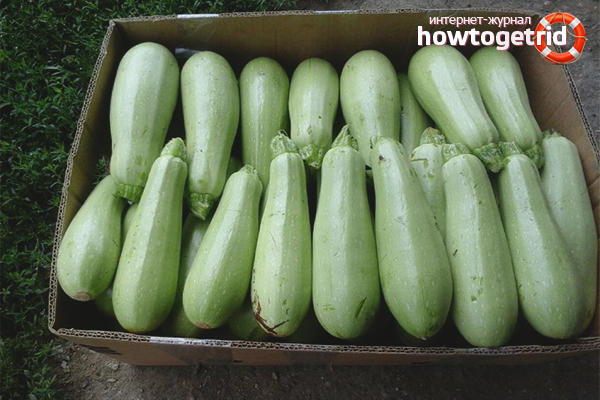
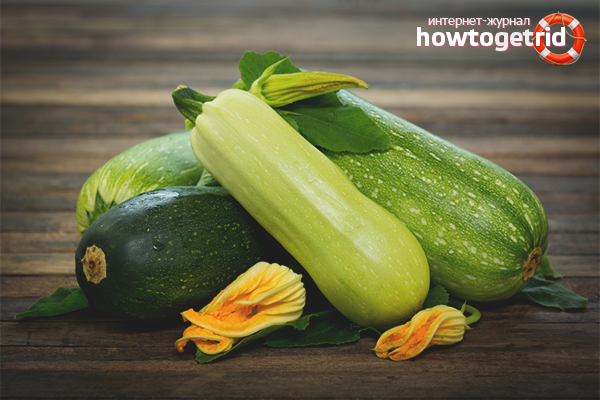

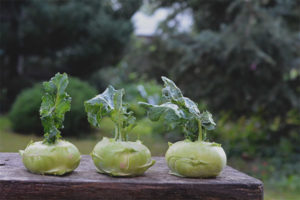
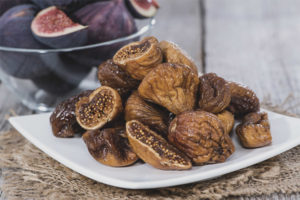

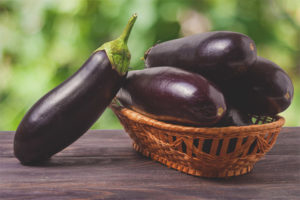
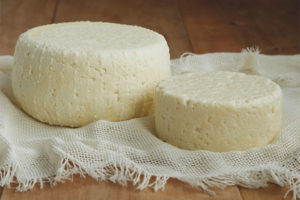
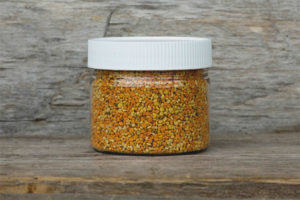
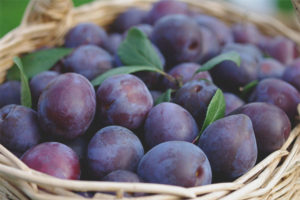
Submit